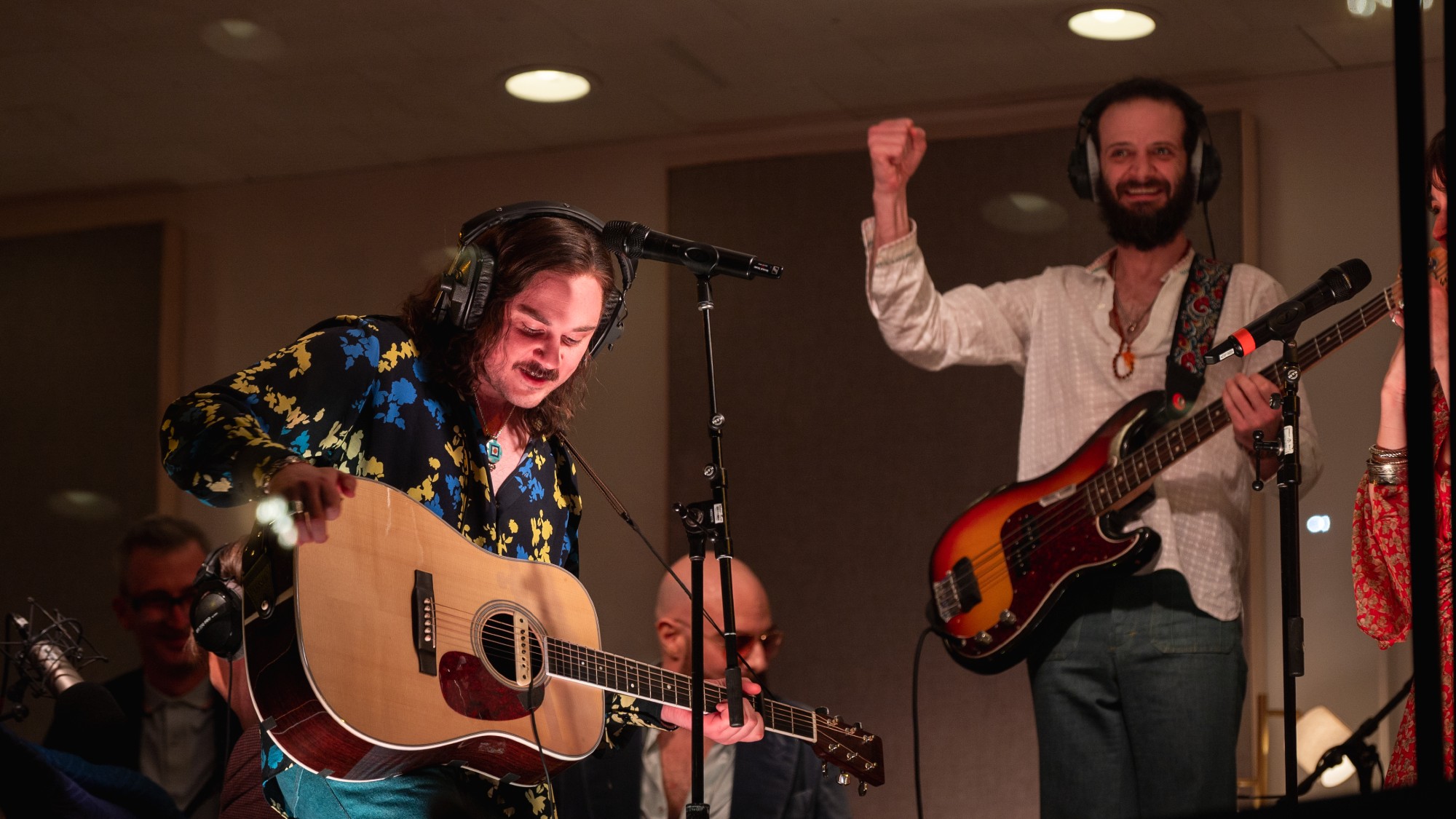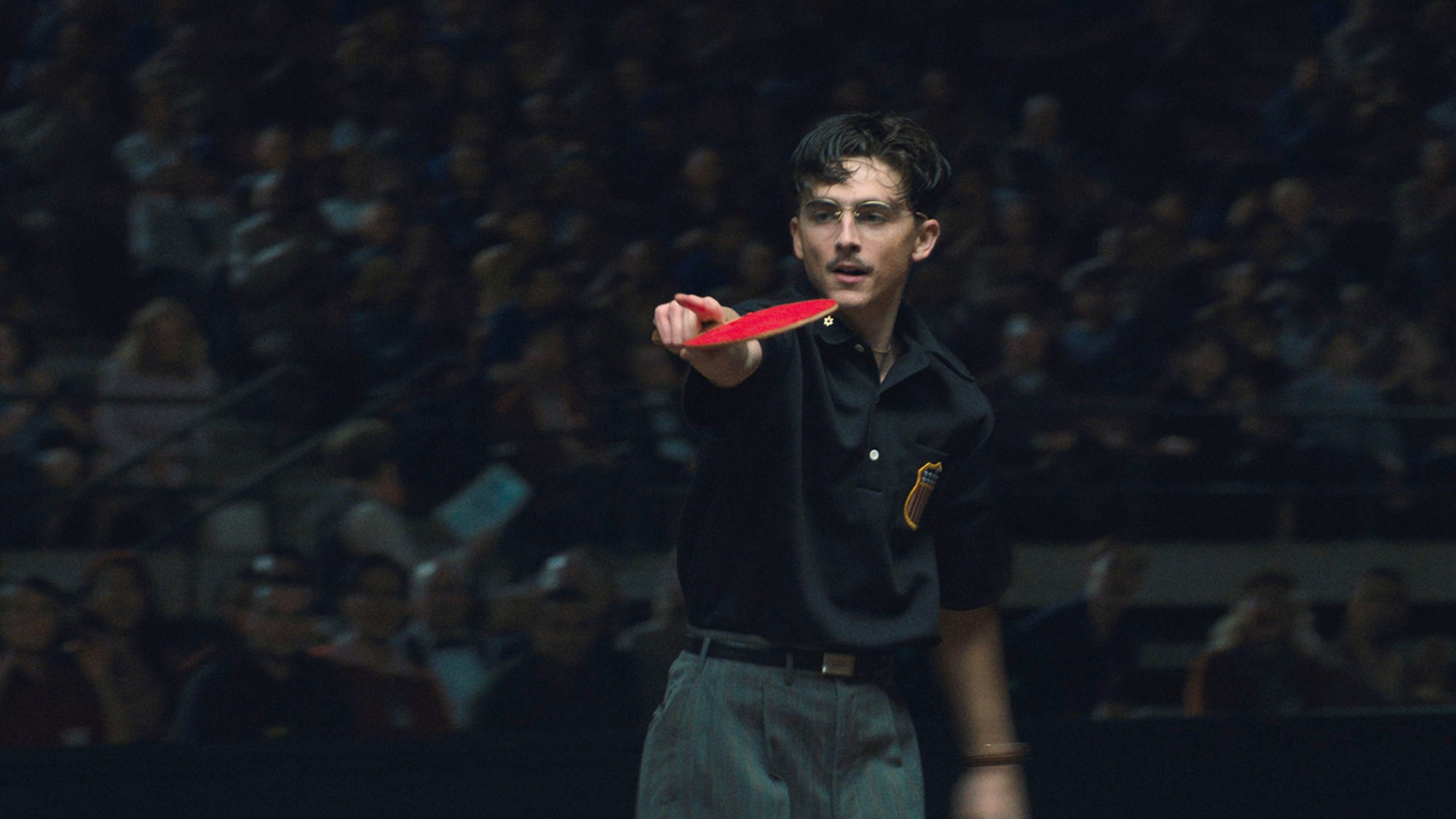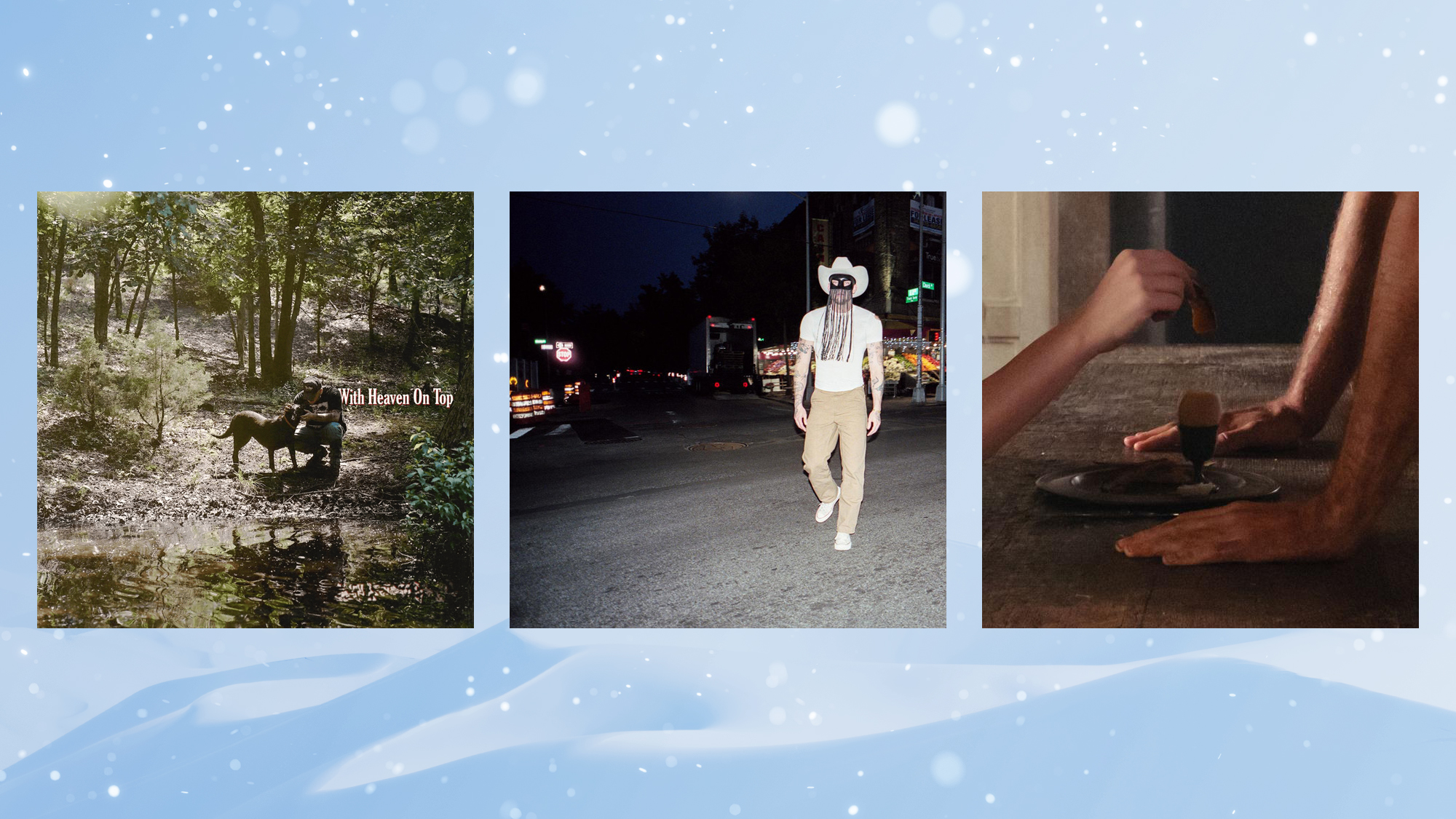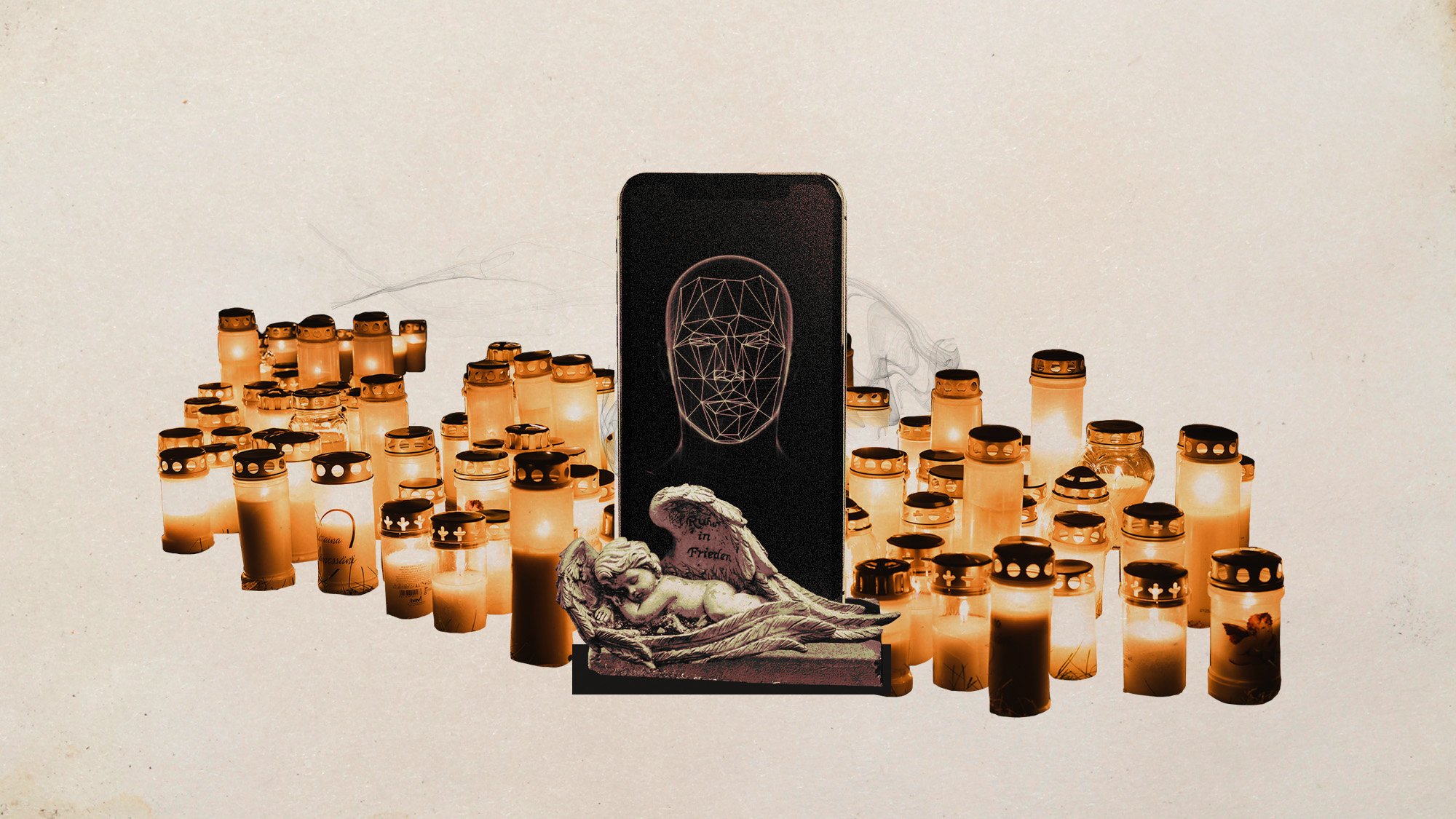Entangled Pasts: Art, Colonialism and Change review – an 'ambitious' and 'well meaning' exhibition
The exhibition examines works of the African diaspora and historic links to colonialism

Since the "furious" Black Lives Matter protests in 2020, "just about every cultural institution in Britain" has made some attempt to address questions of racial injustice, said Mark Hudson in The Independent. The Royal Academy is no exception. Since 2021, the 256-year-old institution has been researching its own "links to colonialism and the transatlantic slave trade", exploring the ways in which these horrors touched upon, or enriched, its members – which is to say, "most of the great British artists of the past 200 years". Three years on, the RA is presenting the findings of this process in the form of a major new exhibition.
The show's objectives are twofold. Firstly, it explores the links to slavery and colonialism of past academicians, from founder Joshua Reynolds (himself an abolitionist) onwards. Secondly, it puts these images in dialogue with the works of African diaspora artists. The show is "ambitious" and "well-meaning". The quality of the works is "near uniformly" high, from 18th century works by Reynolds and Johan Zoffany, to John Akomfrah's three-screen installation Vertigo Sea (2015), "surely one of the great cinematic evocations of the ocean". But I left "not quite sure what I should be feeling".
There are some "unforgettable" works here, said Alastair Sooke in The Daily Telegraph. Most come courtesy of contemporary artists. Frank Bowling, the first black member of the Royal Academy, is represented by Middle Passage (1970), a "spectacular" abstract painting resembling "a vast, red-and-gold view of the inferno". Elsewhere, Hew Locke's Armada (2017-19) consists of a "motley flotilla" of model boats, suspended from the ceiling "like a ghost fleet". Yet curatorially, the show is "a mess: meandering, full of waffle, occasionally even boring". Wall texts are "dense and hard to follow", and displays are padded out with acres of "dull" archival materials. Worthy as its aims are, this exhibition feels like a case of too little, too late.
The Week
Escape your echo chamber. Get the facts behind the news, plus analysis from multiple perspectives.

Sign up for The Week's Free Newsletters
From our morning news briefing to a weekly Good News Newsletter, get the best of The Week delivered directly to your inbox.
From our morning news briefing to a weekly Good News Newsletter, get the best of The Week delivered directly to your inbox.
Not so, said Laura Cumming in The Observer. This is "the most dramatic, enthralling and radical" exhibition in the RA's history. The historical art shocks judiciously. In William Mulready's 1863 painting The Toy-seller, the titular subject, a black man, glances at "a whiny little white child too frightened to look at him". Elsewhere, we see Lubaina Himid's Naming the Money (2004): lifesize cutouts of "enslaved Africans forced to work as dog trainers, dancers, toy-makers and ceramicists". Pay attention to this show, and the art will pose a challenge to history: "Who ignored the humanity, and the identity, of all these long-lost people?" It's not all historical "breast-beating", though, said Laura Gascoigne in The Spectator. The art here is excellent: nuanced, sometimes "riotous", sometimes "vertigo-inducing". It's "about colonialism, but also about change". "I confess that I was rather dreading this show." I was wrong.
Royal Academy, London W1 (020-7300 8090, royalacademy.org.uk). Until 28 April
Sign up to The Week's Arts & Life newsletter for reviews and recommendations
A free daily email with the biggest news stories of the day – and the best features from TheWeek.com
-
 Frank Gehry: the architect who made buildings flow like water
Frank Gehry: the architect who made buildings flow like waterFeature The revered building master died at the age of 96
-
 The 8 best comedy series of 2025
The 8 best comedy series of 2025the week recommends From quarterlife crises to Hollywood satires, these were the funniest shows of 2025
-
 8 touring theater productions to see this winter, all across the United States
8 touring theater productions to see this winter, all across the United Statesthe week recommends New shows and reconsidered productions are on the move
-
 Rob Reiner, wife dead in ‘apparent homicide’
Rob Reiner, wife dead in ‘apparent homicide’speed read The Reiners, found in their Los Angeles home, ‘had injuries consistent with being stabbed’
-
 6 lovely barn homes
6 lovely barn homesFeature Featuring a New Jersey homestead on 63 acres and California property with a silo watchtower
-
 Film reviews: ‘Marty Supreme’ and ‘Is This Thing On?’
Film reviews: ‘Marty Supreme’ and ‘Is This Thing On?’Feature A born grifter chases his table tennis dreams and a dad turns to stand-up to fight off heartbreak
-
 Heavenly spectacle in the wilds of Canada
Heavenly spectacle in the wilds of CanadaThe Week Recommends ‘Mind-bending’ outpost for spotting animals – and the northern lights
-
 10 upcoming albums to stream during the winter chill
10 upcoming albums to stream during the winter chillThe Week Recommends As the calendar turns to 2026, check out some new music from your favorite artists


